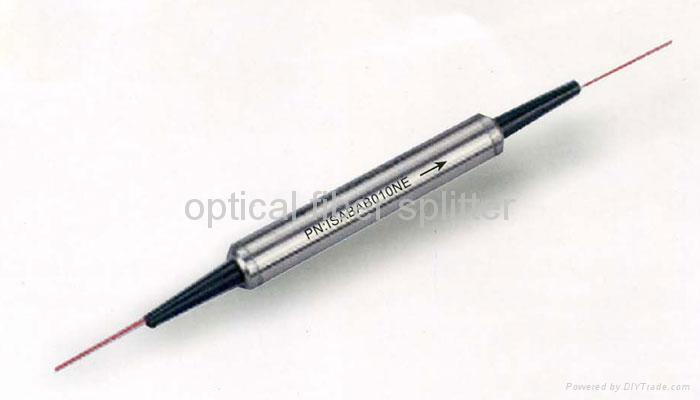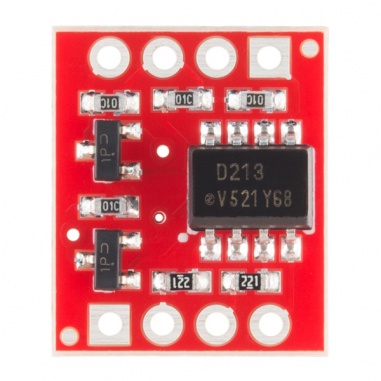
It might also be a collection of terminals of one type or another, such as those found in the header strips on a small single-board computer like an Arduino or BeagleBone. Usually refers to a group of digital or discrete signals but may also refer to a single channel within a group.Ī discrete interface can be just a single connection, as in a single terminal on a PCB, or a single wire. May refer to an actual pin on an IC or one terminal position in a connector. Can comprise a single signal or a group of signals.Ī terminal point. A term commonly used with programmable logic controller devices but can refer to any binary input or output signal.Ī communications circuit (either wired or wireless) with specific endpoints. Something with two or more specific values, not a continuous range of values (i.e., analog). In electronics, digital devices are those components designed specifically to work with binary values. May refer to a measurement or signal that has only two possible values: 1 or 0, on or off. In electronics and embedded computers, DIO typically refers to digital or discrete input/output.īeing of a numeric nature (i.e., comprising discrete numeric values, as opposed to continuously variable analog values).

The following terms are used extensively in this chapter (You can also find them in the Glossary, but we present them here for convenience):

Not knowing exactly how the circuits at the other end work makes the task more, well, challenging, but not impossible. This chapter is also for those who want to extend, improve, enhance, or alter the behavior of an existing device or circuit. It’s for someone who wants to be able to sense when a door or window is open, or to be able to sense a true/false condition and enable or disable something in response. So, who is this chapter for? It’s for anyone who wants to connect one thing to something else electronically with a simple on/off, true/false type of interface. Of course, the term digital can also mean an interface that responds to or generates binary signals for use with external devices, but I’ve elected to use the term discrete to make the distinction clear. The term digital could mean anything from a single circuit carrying one bit of information between ICs to the multiple signals found in a parallel digital bus. The term discrete comes from the realm of programmable logic controllers (PLCs) used in industrial control systems, and it has an advantage over a more general term such as digital in that it specifically implies a single signal or circuit intended for use as an interface to some external device. Chapter 13 covers analog interface concepts and components.

The opposite of discrete is analog, the realm of indefinite variable values. The infrared motion sensor is either active, or it isn’t. The microwave oven is powered on, or it isn’t. This is probably the most common, and useful, type of interface encountered in digital electronics. It also touches on topics such as buffers, logic-level translation, and current sink and sourcing considerations.Ī discrete interface involves a single signal, typically binary in nature. This chapter covers the basics of using a discrete signal on a single logic I/O port to sense and control things in the physical world. Practical Electronics: Components and Techniques (2015) Chapter 12.


 0 kommentar(er)
0 kommentar(er)
